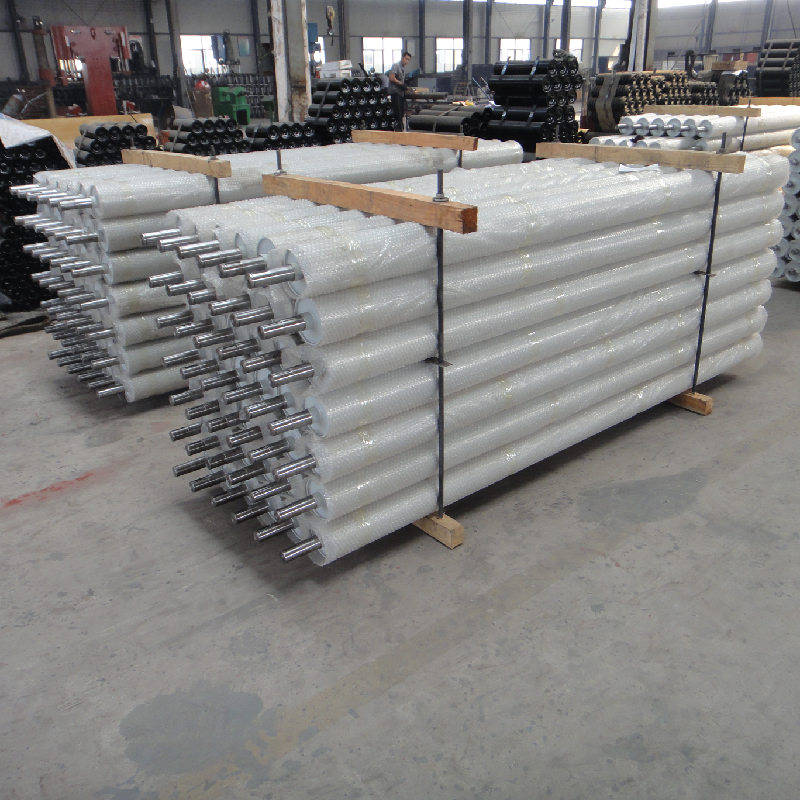 Afrikaans
Afrikaans  Albanian
Albanian  Amharic
Amharic  Arabic
Arabic  Armenian
Armenian  Azerbaijani
Azerbaijani  Basque
Basque  Belarusian
Belarusian  Bengali
Bengali  Bosnian
Bosnian  Bulgarian
Bulgarian  Catalan
Catalan  Cebuano
Cebuano  Corsican
Corsican  Croatian
Croatian  Czech
Czech  Danish
Danish  Dutch
Dutch  English
English  Esperanto
Esperanto  Estonian
Estonian  Finnish
Finnish  French
French  Frisian
Frisian  Galician
Galician  Georgian
Georgian  German
German  Greek
Greek  Gujarati
Gujarati  Haitian Creole
Haitian Creole  hausa
hausa  hawaiian
hawaiian  Hebrew
Hebrew  Hindi
Hindi  Miao
Miao  Hungarian
Hungarian  Icelandic
Icelandic  igbo
igbo  Indonesian
Indonesian  irish
irish  Italian
Italian  Japanese
Japanese  Javanese
Javanese  Kannada
Kannada  kazakh
kazakh  Khmer
Khmer  Rwandese
Rwandese  Korean
Korean  Kurdish
Kurdish  Kyrgyz
Kyrgyz  Lao
Lao  Latin
Latin  Latvian
Latvian  Lithuanian
Lithuanian  Luxembourgish
Luxembourgish  Macedonian
Macedonian  Malgashi
Malgashi  Malay
Malay  Malayalam
Malayalam  Maltese
Maltese  Maori
Maori  Marathi
Marathi  Mongolian
Mongolian  Myanmar
Myanmar  Nepali
Nepali  Norwegian
Norwegian  Norwegian
Norwegian  Occitan
Occitan  Pashto
Pashto  Persian
Persian  Polish
Polish  Portuguese
Portuguese  Punjabi
Punjabi  Romanian
Romanian  Russian
Russian  Samoan
Samoan  Scottish Gaelic
Scottish Gaelic  Serbian
Serbian  Sesotho
Sesotho  Shona
Shona  Sindhi
Sindhi  Sinhala
Sinhala  Slovak
Slovak  Slovenian
Slovenian  Somali
Somali  Spanish
Spanish  Sundanese
Sundanese  Swahili
Swahili  Swedish
Swedish  Tagalog
Tagalog  Tajik
Tajik  Tamil
Tamil  Tatar
Tatar  Telugu
Telugu  Thai
Thai  Turkish
Turkish  Turkmen
Turkmen  Ukrainian
Ukrainian  Urdu
Urdu  Uighur
Uighur  Uzbek
Uzbek  Vietnamese
Vietnamese  Welsh
Welsh  Bantu
Bantu  Yiddish
Yiddish  Yoruba
Yoruba  Zulu
Zulu Optimizing Conveyor Assembly Processes for Enhanced Manufacturing Efficiency
Conveyor Assembly Streamlining Production Through Innovative Design
In today’s fast-paced manufacturing environment, efficiency and speed are paramount. One of the key technologies that has transformed production processes is the conveyor system. The concept of conveyor assembly is a critical component of modern manufacturing, playing a pivotal role in the smooth and efficient transportation of materials and products. This article delves into the intricacies of conveyor assembly, exploring its components, benefits, and the innovative designs that continue to evolve in the industry.
The Components of Conveyor Assembly
A conveyor system is made up of several key components that work together to facilitate movement. The main elements include belts, rollers, frames, motors, and control systems.
1. Belts The belt is the fundamental part of conveyor assembly, designed to carry materials from one point to another. Depending on the application, belts can be made from various materials, including rubber, fabric, metal, and plastic.
2. Rollers These are crucial for supporting the belt and the load it carries. Rollers can be powered or non-powered, and their design can affect the system's overall efficiency and durability.
3. Frames The frame serves as the backbone of the conveyor system, providing structural integrity and stability. It is typically made from metal, although plastic frames are also used in specific applications.
4. Motors The motor drives the conveyor system, providing the necessary power to move the belt and materials. Advanced motors are increasingly being integrated with energy-efficient technologies to reduce power consumption.
5. Control Systems Modern conveyor assemblies often feature integrated control systems that allow for automation and real-time monitoring, enhancing operational efficiency and enabling predictive maintenance.
Benefits of Conveyor Assembly
The implementation of conveyor assembly offers a multitude of benefits for manufacturers.
conveyor assembly

- Increased Efficiency Conveyor systems inherently improve the speed and efficiency of material handling. By automating the transport of goods, machines can operate continuously, significantly reducing idle time.
- Enhanced Safety By minimizing manual handling, conveyor assemblies reduce the risk of accidents and injuries. Workers can focus on more complex tasks while the system handles the repetitive and heavy lifting.
- Cost Savings Although the initial investment in conveyor technology can be significant, the long-term savings are considerable. Reduced labor costs, lower injury rates, and increased throughput contribute to a favorable return on investment.
- Scalability Conveyor systems are highly adaptable and can be scaled up or modified to meet production demands. Whether it is a small assembly line or a large-scale manufacturing plant, conveyors can be customized to fit specific needs.
Innovative Designs in Conveyor Assembly
As technology continues to evolve, so too do the designs and functionalities of conveyor assemblies. Recent innovations include modular conveyor systems, which allow for easy reconfiguration, and IoT-enabled conveyors that provide real-time data analytics to monitor efficiency and performance.
- Modular Systems These are designed to be versatile, allowing manufacturers to easily add or reposition sections of the conveyor as needed. This flexibility is invaluable in dynamic environments where production lines frequently change.
- Smart Conveyors The integration of IoT technologies enables smart conveyors to gather data on operational performance, track product movement, and predict maintenance needs. This technology not only increases efficiency but also enhances decision-making processes in manufacturing.
Conclusion
Conveyor assembly is a cornerstone of modern manufacturing, providing the efficiency, safety, and scalability needed in today’s competitive landscape. The evolution of conveyor systems, characterized by innovative designs and technology integration, ensures that businesses can adapt to changing demands while optimizing their production processes. As manufacturers continue to embrace these advancements, the future of conveyor assembly looks promising, heralding a new era of productivity and innovation in the industry.
-
Revolutionizing Conveyor Reliability with Advanced Rubber Lagging PulleysNewsJul.22,2025
-
Powering Precision and Durability with Expert Manufacturers of Conveyor ComponentsNewsJul.22,2025
-
Optimizing Conveyor Systems with Advanced Conveyor AccessoriesNewsJul.22,2025
-
Maximize Conveyor Efficiency with Quality Conveyor Idler PulleysNewsJul.22,2025
-
Future-Proof Your Conveyor System with High-Performance Polyurethane RollerNewsJul.22,2025
-
Driving Efficiency Forward with Quality Idlers and RollersNewsJul.22,2025





























